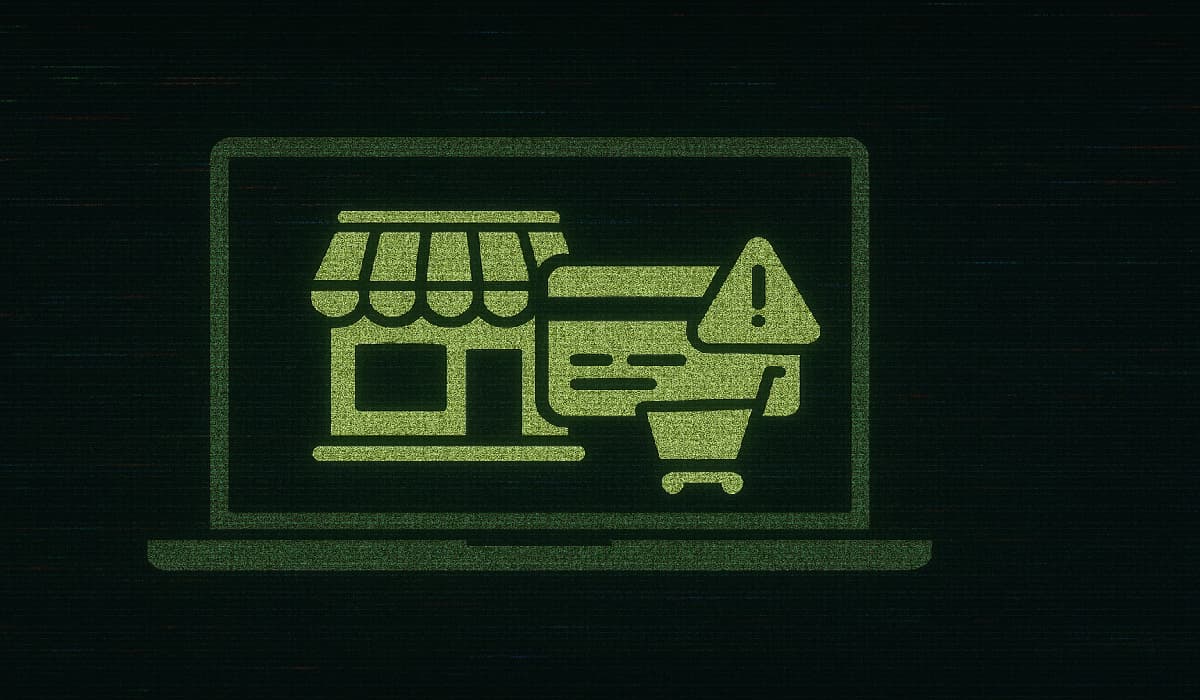BOOK THIS SPACE FOR AD
ARTICLE ADThe Growing Threat of Digital Identity Theft
Identity theft is a continuous online threat that lurks behind every login, transaction, and online engagement in 2025, rather than being a one-time criminal. Protecting your financial and personal identity has never been more important, especially with fraudsters using sophisticated phishing techniques, data breaches at an all-time high, and sensitive information regularly spilling on the dark web.
Today’s consumers must decide which identity protection service to choose to secure their digital presence. Two names consistently dominate this space, prompting one key question: Who secures your digital life better in 2025? This face-off dissects and compares every key detail of the two leading services to help you make an informed, security-driven decision. Suppose you’ve ever worried about your social security number, credit details, or personal data falling into the wrong hands. In that case, this analysis is crafted for you so you can stop guessing and start protecting what matters.
Features Breakdown – What’s on Offer?
When it comes to identity protection, not all services are created equal. Both contenders in this face-off promise strong defenses, but their feature sets reveal key differences. The essentials look similar: credit monitoring, dark web surveillance, fraud alerts, and identity recovery assistance.
However, it’s the finer details and execution that separate the two. One service leverages near real-time alerting systems, ensuring users are notified within minutes of suspicious activity. The other, while comprehensive, often experiences delays, leaving users exposed for more extended periods without immediate action.
Beyond monitoring, some services offer extras like VPN access, password managers, and family plan coverage. Yet, many users overlook how bloated or fragmented these bundles can get, often pushing unnecessary upsells disguised as “premium” features. The reality is that identity protection isn’t about flashy add-ons. It’s about speed, accuracy, and straightforward security layers that work without gimmicks. And that’s precisely what today’s digital users should demand.
Pricing and Upsells – The Hidden Costs of Protection
In an era of growing online risks, budget-conscious users are often trapped in a game of hidden fees and escalating subscription costs. It’s not enough to look at the price tag; you need to understand the actual cost of long-term digital protection. One of the services in this comparison frequently upsells. Their initial pricing may appear competitive, but users soon discover that advanced features like identity restoration, credit lock services, or family plan expansions come at an additional cost.
This paywall-heavy model creates confusion and penalizes customers for seeking full coverage. On the other hand, the competitor in this analysis has streamlined its pricing strategy. Instead of bombarding users with constant upgrade prompts, it bundles its most valuable features upfront, offering predictable pricing and transparent plans. In a market flooded with marketing noise, knowing precisely what you’re paying for and avoiding surprise fees should be non-negotiable.
Family & Multi-User Protection – Who Watches Over Everyone?
Cybercriminals don’t just target individuals; they target households. In 2025, identity theft attacks will be increasingly focused on families, especially children and elderly relatives who may be less aware of the risks. Multi-user and family protection plans have become essential to identity theft services. One of the contenders in this face-off leads the charge with flexible, affordable family plans that cover multiple members under a single subscription without nickel-and-diming users for every additional account.
These plans don’t just duplicate features; they extend monitoring and real-time alerts to every member, ensuring your family’s data is as protected as yours. In comparison, the other service struggles in this department, often locking family coverage behind complex, expensive tiers. For modern families juggling financial security and digital privacy, simplified, scalable coverage isn’t optional; it’s essential. The best service doesn’t just protect you; it protects everyone you care about, all under one roof.
Real-Time Alerts & Threat Response – The Speed Factor
When your identity is at risk, speed is everything. A delay of even a few hours can result in fraudulent charges, compromised credit, or worse, stolen personal data being sold across black market forums. This is where one service outperforms the other in this showdown. It consistently delivers faster, near real-time alerts when suspicious activity is detected, giving users time to respond, lock accounts, and prevent financial damage.
The other provider, while reputable, has been criticized for lagging notifications and slower response times. Delayed alerts can mean the difference between safety and disaster in a digital landscape where hackers operate within minutes. Proper identity protection isn’t passive; it’s proactive, instant, and relentless. In 2025, anything less than real-time threat alerts is no longer acceptable. Digital users deserve a service that detects threats and allows them to act before it’s too late.
Who Wins the 2025 Identity Protection Battle?
After analyzing features, pricing strategies, family coverage, and real-time threat response, the winner of this 2025 identity protection face-off is clear. While both services offer credible security options, Aura and LifeLock differ significantly in execution. Aura’s faster alerts, more substantial family plans, simplified pricing, and absence of constant upsells make it the more intelligent choice for modern users.
In a digital world where identity theft is evolving daily, the best defense isn’t about branding or bundled perks; it’s about who acts faster, protects wider, and delivers real value without playing games. Your digital identity is worth more than confusing subscriptions and delayed responses. Choose the service that prioritizes your protection, not their profit margins.
.png)














 Bengali (Bangladesh) ·
Bengali (Bangladesh) ·  English (United States) ·
English (United States) ·